Growing Fennel at Home can seem daunting, but trust me, it’s easier than you think! Imagine stepping outside your back door and snipping fresh, fragrant fennel fronds to add a burst of anise-like flavor to your salads, soups, or even grilled fish. Sounds dreamy, right? Well, it doesn’t have to be just a dream!
Fennel has a rich history, dating back to ancient Greece and Rome, where it was prized for its medicinal properties and culinary uses. The Romans even believed it bestowed longevity! Today, while we might not be seeking immortality through fennel, we definitely appreciate its unique taste and versatility in the kitchen.
But why bother with the hassle of growing it yourself? Well, store-bought fennel often lacks the vibrant flavor and freshness of homegrown. Plus, let’s be honest, those bulbs can be pricey! This DIY guide will unlock the secrets to successfully growing fennel at home, even if you have limited space or a less-than-green thumb. I’ll share my favorite tricks and hacks to ensure you have a bountiful harvest, saving you money and adding a touch of gourmet flair to your meals. So, grab your gardening gloves, and let’s get started!
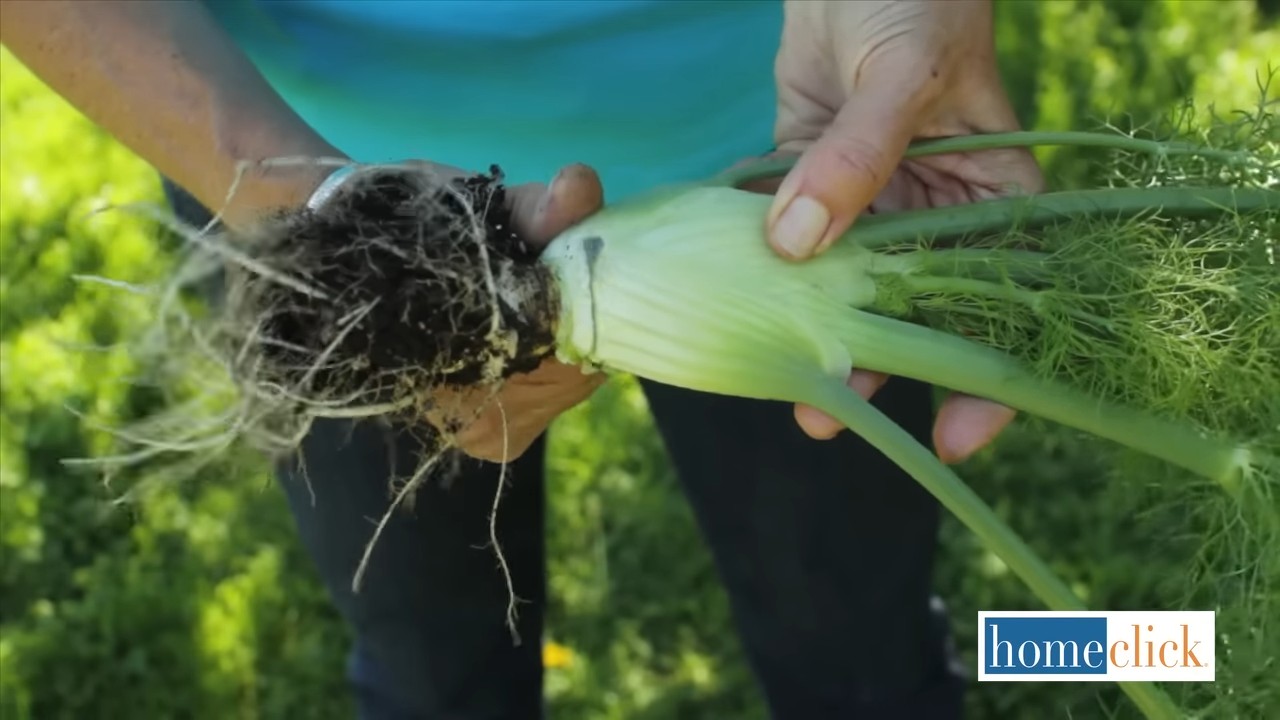
Growing Fennel at Home: A DIY Guide for Beginners
Hey there, fellow gardening enthusiasts! I’m so excited to share my experience with growing fennel at home. It’s surprisingly easy and rewarding, and the fresh, anise-like flavor is just incredible in salads, soups, and even grilled dishes. This guide will walk you through everything you need to know, from seed to harvest. Let’s get started!
Choosing Your Fennel Variety
Before we dive into the nitty-gritty, let’s talk about fennel varieties. There are two main types: bulb fennel (also called Florence fennel) and herb fennel.
* **Bulb Fennel:** This is the type you’ll find in most grocery stores. It’s grown for its swollen, bulb-like base, which has a mild anise flavor.
* **Herb Fennel:** This type is grown primarily for its feathery leaves and seeds. It has a stronger anise flavor than bulb fennel.
For this guide, I’ll focus on growing bulb fennel, as it’s the more popular choice for home gardeners. However, the general principles apply to both types.
Getting Started: Seeds vs. Transplants
You have two options for starting your fennel: from seed or from transplants.
* **Starting from Seed:** This is the more economical option, and it allows you to choose from a wider variety of fennel. However, it requires a bit more patience and attention.
* **Starting from Transplants:** This is a faster way to get started, as you’re essentially skipping the germination phase. However, transplants can be more expensive, and you may have limited variety choices.
I personally prefer starting from seed, as I enjoy the entire process from beginning to end. Plus, it’s so satisfying to watch those tiny seeds sprout into beautiful plants!
Step-by-Step Guide to Growing Fennel
Alright, let’s get our hands dirty! Here’s a detailed guide to growing fennel at home:
1. Timing is Key: When to Plant
Fennel is a cool-season crop, which means it thrives in cooler temperatures.
* For a spring harvest: Start seeds indoors 6-8 weeks before the last expected frost. You can also direct sow seeds outdoors 2-3 weeks before the last frost.
* For a fall harvest: Direct sow seeds outdoors in late summer, about 8-10 weeks before the first expected frost.
I usually aim for a fall harvest because the cooler temperatures seem to produce sweeter, less bolting bulbs. Bolting is when the plant prematurely sends up a flower stalk, which can make the bulb tough and bitter.
2. Preparing the Soil: A Happy Plant is a Productive Plant
Fennel prefers well-drained soil that is rich in organic matter.
* Choose a sunny location: Fennel needs at least 6 hours of sunlight per day.
* Amend the soil: Mix in plenty of compost or well-rotted manure to improve drainage and fertility.
* Check the pH: Fennel prefers a slightly acidic to neutral soil pH (6.0-7.0). You can test your soil pH with a simple soil testing kit.
I like to add a generous amount of compost to my garden beds before planting anything. It really makes a difference in the overall health and productivity of my plants.
3. Sowing the Seeds: Giving Life to Your Garden
Whether you’re starting seeds indoors or direct sowing outdoors, the process is pretty similar.
* Indoors: Sow seeds in seed trays or small pots filled with seed-starting mix. Plant seeds about ¼ inch deep and keep the soil moist.
* Outdoors: Sow seeds directly into the garden bed, spacing them about 2-3 inches apart. Plant seeds about ¼ inch deep and gently water the soil.
I usually start my seeds indoors to get a head start on the growing season. It also gives me more control over the growing environment.
4. Thinning Seedlings: Giving Each Plant Room to Thrive
Once your seedlings have emerged, you’ll need to thin them out to give each plant enough space to grow.
* Thin seedlings: When seedlings are about 2-3 inches tall, thin them to 8-12 inches apart. This will allow each plant to develop a healthy bulb.
Don’t just toss the thinned seedlings! You can transplant them to another location in your garden or even give them away to friends and neighbors.
5. Watering and Fertilizing: Keeping Your Fennel Happy and Healthy
Fennel needs consistent moisture to thrive, especially during hot weather.
* Water regularly: Water deeply whenever the top inch of soil feels dry.
* Fertilize sparingly: Fennel doesn’t need a lot of fertilizer. You can side-dress with compost or a balanced organic fertilizer every few weeks.
I like to use a soaker hose to water my fennel plants. It delivers water directly to the roots, which helps to prevent fungal diseases.
6. Weeding: Protecting Your Plants from Competition
Weeds can compete with your fennel plants for water, nutrients, and sunlight.
* Weed regularly: Keep the garden bed free of weeds by hand-pulling or using a hoe.
* Mulch: Apply a layer of mulch around the plants to help suppress weeds and retain moisture.
I find that mulching is a lifesaver when it comes to weed control. It also helps to keep the soil cool and moist during the summer months.
7. Pest and Disease Control: Keeping Your Fennel Safe
Fennel is generally pest-resistant, but it can be susceptible to a few common garden pests, such as aphids and slugs.
* Aphids: Spray aphids with a strong stream of water or use insecticidal soap.
* Slugs: Hand-pick slugs or use slug bait.
Fungal diseases can also be a problem, especially in humid conditions.
* Fungal diseases: Ensure good air circulation around the plants and avoid overhead watering. If necessary, use a fungicide.
I always try to use organic pest and disease control methods whenever possible. It’s better for the environment and for my health.
8. Harvesting: Enjoying the Fruits (or Bulbs!) of Your Labor
The time to harvest your fennel will depend on the variety and the growing conditions.
* Bulb fennel: Harvest when the bulb is about the size of a tennis ball. You can harvest the entire plant, including the bulb, stalks, and leaves.
* Herb fennel: Harvest the leaves as needed throughout the growing season. You can also harvest the seeds when they turn brown and dry.
I love the feeling of harvesting my own homegrown fennel. It’s so rewarding to know that I grew it myself!
Troubleshooting Common Fennel Problems
Even with the best care, you may encounter some problems when growing fennel. Here are a few common issues and how to address them:
* Bolting: Bolting is when the plant prematurely sends up a flower stalk. This can be caused by hot weather, stress, or poor soil. To prevent bolting, choose a bolt-resistant variety, provide consistent moisture, and avoid stressing the plants.
* Yellowing leaves: Yellowing leaves can be a sign of nutrient deficiency, overwatering, or fungal disease. Check the soil pH and nutrient levels, ensure good drainage, and treat any fungal diseases.
* Slow growth: Slow growth can be caused by poor soil, lack of sunlight, or pest infestation. Amend the soil with compost, ensure the plants are getting enough sunlight, and control any pests.
Using Your Homegrown Fennel
Now for the best part: using your homegrown fennel! The possibilities are endless.
* Salads: Thinly slice the bulb and add it to salads for a refreshing anise flavor.
* Soups: Add chopped fennel to soups and stews for a subtle anise flavor.
* Grilled dishes: Grill fennel slices and serve them as a side dish.
* Roasted vegetables: Roast fennel with other vegetables for a delicious and healthy meal.
* Fennel tea: Use the seeds to make a soothing and digestive-friendly tea.
I personally love to grill fennel with a little olive oil, salt, and pepper. It’s so simple, yet so delicious!
Saving Fennel Seeds
If you want to save seeds from your fennel plants, allow a few plants to flower and go to seed.
* Harvest seeds: When the seeds turn brown and dry, cut the seed heads and place them in a paper bag.
* Dry seeds: Allow the seeds to dry completely in a cool, dry place.
* Store seeds: Store the dried seeds in an airtight container in a cool, dark place.
Saving seeds is a great way to save money and ensure that you have a supply of fennel seeds for next year.
Final Thoughts
Growing fennel at home is a fun and rewarding experience. With a little bit of planning and effort, you can enjoy fresh, flavorful fennel all season long. So, get
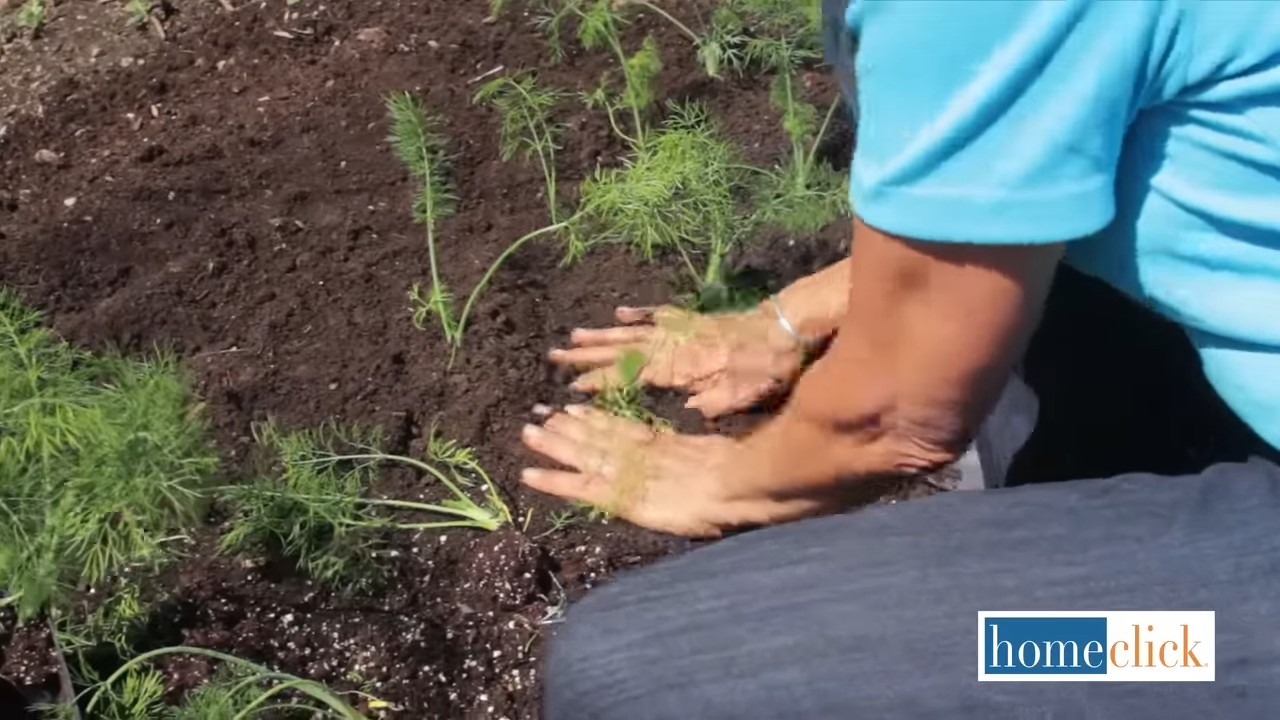
Conclusion
So, there you have it! Growing fennel at home is not only achievable, but it’s a rewarding experience that brings fresh, aromatic flavor right to your fingertips. We’ve walked through the essential steps, from selecting the right variety and preparing your garden to nurturing your plants and harvesting the bounty. But why is this DIY trick a must-try?
Firstly, the taste of homegrown fennel is simply unparalleled. The subtle anise flavor is more pronounced and vibrant than anything you’ll find at the grocery store, especially if you harvest it fresh just before using it. Imagine adding freshly chopped fennel fronds to your salads, grilling the bulbs for a caramelized sweetness, or using the seeds to spice up your favorite dishes. The possibilities are endless!
Secondly, growing your own fennel allows you to control the entire process, ensuring that your plants are free from harmful pesticides and herbicides. You can cultivate an organic garden and enjoy the peace of mind that comes with knowing exactly what you’re putting on your table. This is especially important for those who are health-conscious and prefer to eat clean, whole foods.
Thirdly, fennel is a beautiful and versatile plant that adds visual interest to any garden. Its feathery foliage and tall stalks create a striking backdrop for other plants, and its yellow flowers attract beneficial insects like bees and butterflies. Growing fennel is not just about food; it’s about creating a thriving ecosystem in your backyard.
Variations and Suggestions:
Don’t be afraid to experiment with different varieties of fennel. ‘Florence’ fennel is a popular choice for its bulb, while ‘Bronze’ fennel adds a touch of drama with its dark foliage. You can also try growing fennel in containers if you have limited space. Just make sure to choose a large pot with good drainage.
Consider companion planting fennel with other herbs and vegetables. It pairs well with dill, chamomile, and carrots. However, avoid planting it near tomatoes, beans, or kohlrabi, as it can inhibit their growth.
Finally, remember that every garden is unique. Pay attention to your plants and adjust your care accordingly. If you notice any signs of pests or diseases, take action promptly. With a little patience and attention, you can successfully grow fennel at home and enjoy its many benefits.
We strongly encourage you to give this DIY trick a try. It’s a fun, educational, and delicious way to connect with nature and enhance your culinary skills. Once you’ve harvested your first crop of homegrown fennel, we’d love to hear about your experience. Share your photos, recipes, and tips in the comments below. Let’s build a community of fennel enthusiasts and inspire others to grow their own food! Happy gardening!
Frequently Asked Questions (FAQ)
What are the best conditions for growing fennel?
Fennel thrives in full sun, requiring at least 6-8 hours of direct sunlight per day. The soil should be well-draining and fertile, with a slightly acidic to neutral pH (around 6.0 to 7.0). Amend the soil with compost or other organic matter to improve drainage and nutrient content. Consistent moisture is important, especially during hot weather, but avoid overwatering, which can lead to root rot.
How long does it take for fennel to grow?
Fennel typically takes 90-115 days to mature from seed to harvest. However, you can start harvesting the fronds earlier, as soon as they are large enough to use. The bulb will be ready to harvest when it reaches a diameter of about 2-3 inches. Factors like climate, soil quality, and watering practices can influence the growth rate.
Can I grow fennel in containers?
Yes, fennel can be successfully grown in containers, especially if you have limited garden space. Choose a large pot (at least 12 inches in diameter) with good drainage holes. Use a high-quality potting mix and ensure that the container receives plenty of sunlight. Water regularly, especially during hot weather, and fertilize every few weeks with a balanced fertilizer.
What are some common pests and diseases that affect fennel?
Fennel can be susceptible to aphids, slugs, and snails. Aphids can be controlled with insecticidal soap or by introducing beneficial insects like ladybugs. Slugs and snails can be handpicked or trapped using beer traps. In terms of diseases, root rot can be a problem if the soil is poorly drained. Ensure proper drainage and avoid overwatering to prevent this.
How do I harvest fennel?
To harvest the bulb, gently loosen the soil around the base of the plant and pull it up. You can harvest the fronds at any time by snipping them off with scissors or pruning shears. The seeds can be harvested when the flower heads turn brown and dry. Cut off the flower heads and place them in a paper bag to dry completely. Then, shake the bag to release the seeds.
Can I eat all parts of the fennel plant?
Yes, all parts of the fennel plant are edible, including the bulb, stalks, fronds, flowers, and seeds. The bulb is often eaten raw in salads or cooked in various dishes. The fronds can be used as a garnish or added to soups and stews. The flowers can be used to flavor salads or make fennel tea. The seeds are used as a spice in many cuisines.
How do I store fennel?
Fresh fennel bulbs can be stored in the refrigerator for up to a week. Wrap them loosely in a plastic bag or damp paper towel to prevent them from drying out. Fennel fronds are best used fresh, but they can also be stored in the refrigerator for a few days. Dried fennel seeds should be stored in an airtight container in a cool, dark place.
Is fennel a perennial or an annual?
Fennel is technically a short-lived perennial in warmer climates (zones 4-9), meaning it can live for more than two years. However, it is often grown as an annual, especially in colder regions, as it may not survive harsh winters. If you live in a colder climate, you can try to overwinter your fennel plant by mulching heavily around the base or bringing it indoors.
What are the health benefits of fennel?
Fennel is a good source of vitamin C, potassium, and fiber. It also contains antioxidants and anti-inflammatory compounds. Fennel has been traditionally used to aid digestion, relieve bloating, and reduce menstrual cramps. Some studies have also suggested that fennel may have antimicrobial and anticancer properties.
My fennel plant bolted (flowered prematurely). What should I do?
Bolting can occur when fennel plants are stressed by heat, drought, or poor soil conditions. Once a plant bolts, the bulb becomes tough and less palatable. If your fennel plant bolts, you can still harvest the fronds and seeds. To prevent bolting, ensure that your plants receive adequate water and nutrients, and provide shade during hot weather. You can also choose bolt-resistant varieties.

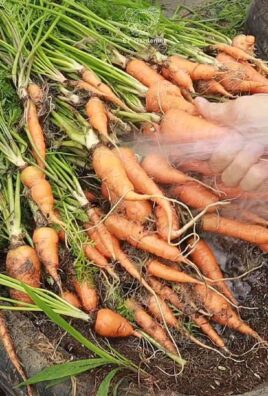
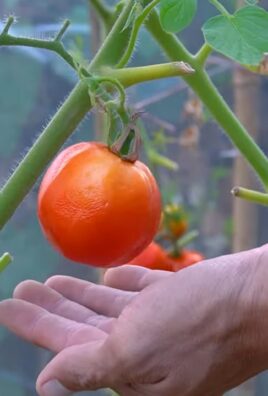
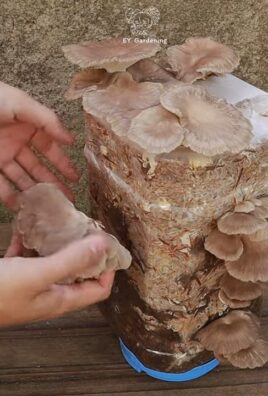
Leave a Comment